4 minute read. Content warning: Discussion of sighted privilege with references to touch and physical interaction within gallery spaces
chatGPT Summary: Kay explores the process of creating a dynamic diorama that represents an active mind searching through memories, reflecting on the challenges and limitations of tactile engagement with such art forms.
Vancouver, on occupied and unceded Coast Salish Territory – I love dioramas. Like many people, I am attracted to miniatures. Dollhouses, dioramas, and architectural models are great ways to prototype, but a diorama can create theatre and capture a scene in a way that I find as equally (or sometimes more) satisfying as an illustration or photograph.
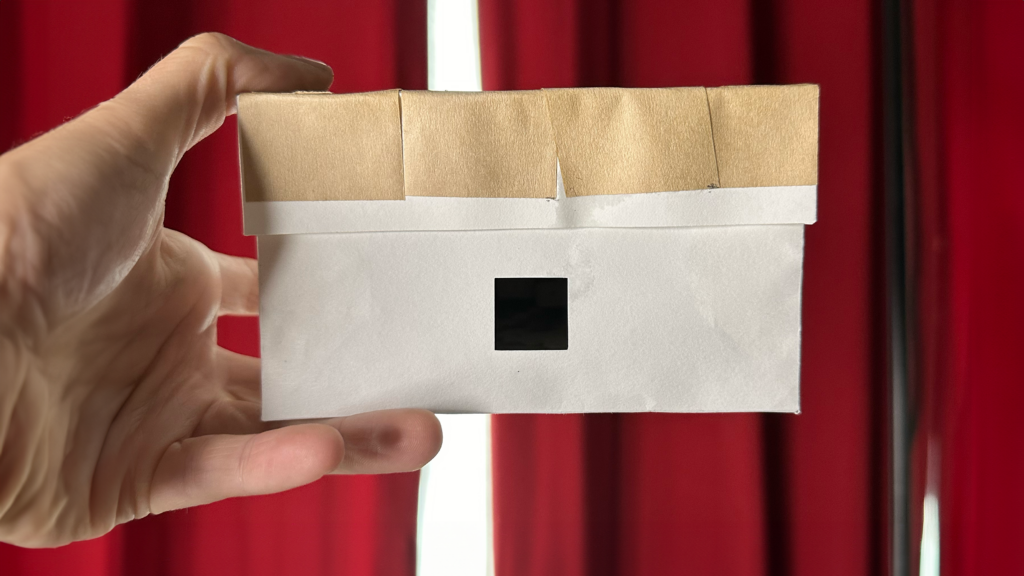
I have been thinking about my earlier reflection on the library card catalogue and how I felt like I was always engaged in some kind of search through my memories. While I enjoyed the brief exercise with the AI-generated image versus my hastily drawn sketch, the idea still lingered as I reflected on this month’s prompts, and I decided to expand on it.
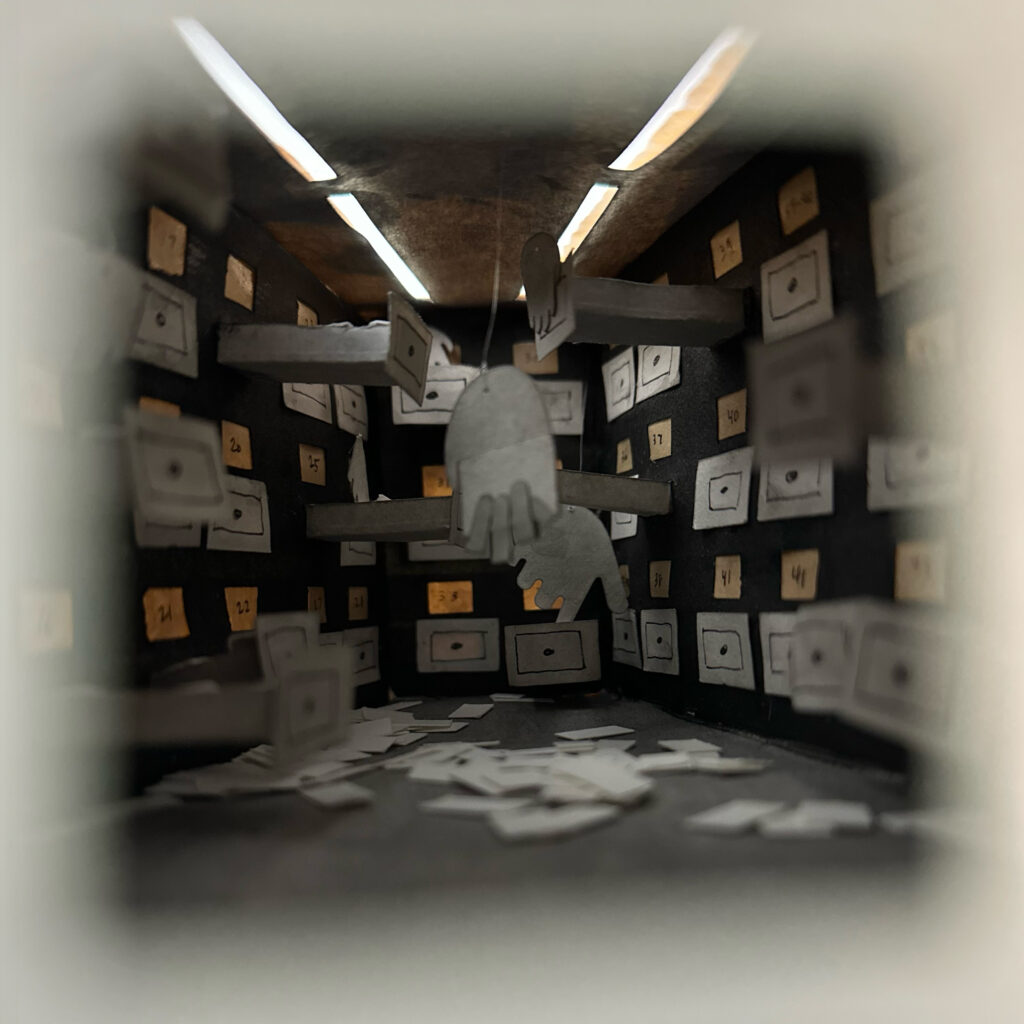
Prototyping and Process
I wanted to have a scene where the walls were very long. I designed the layout with a forced perspective, angling the walls towards a smaller section at the back; however, I neglected to design the ceiling on a slope, and so when I started making the drawers with the expectation that I would have to create smaller boxes and holes further from the view hole, I realized my error. However, I had already started fabricating some drawers and found that I didn’t have the dexterity to create even smaller ones for the furthest section and have them still look like card catalogue drawers. I would have had to enlarge the drawers closer to the viewer and make that end larger overall. For a prototype, I decided to take notes for next time and forge ahead with what I had.
The slanted walls gave me the space to create texture and depth behind them, but I ended up crafting all of the drawers such that they all have flat backs, flush to the wall, which I secured using brown paper tape, so the side walls are quite opaque with nothing tucked away behind them. The back wall, which has no area behind it except the back of the box, is quite bright, with light leaking through. If I were to do this again, I would lengthen the container to allow for the correct perspective and decide to either make the back of the box more opaque or make the space behind the side walls less dense to allow for more light.
Still and Moveable
While my photos capture a moment, similar to how the eye would see the scene when it peeked through the viewfinder, I wanted the room to be dynamic, similar to how I feel like my mind is always active, seeking out and filing memories. I contemplated placing the cards on the floor in a controlled manner, gluing them down, but ultimately, I just poured all of the cards into the hole and shook the model like a snow globe. I want it to seem like cards are constantly getting tossed down when they are not the right thing, to be swept and filed later. I want memories that don’t quite fit well into a box to constantly be jumping out or for active memories to be misplaced from time to time.
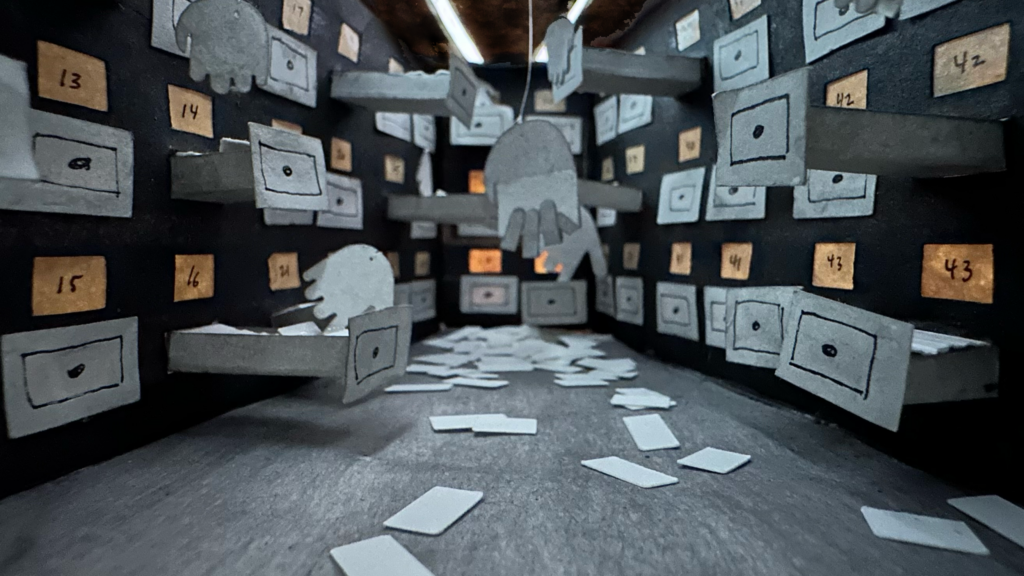
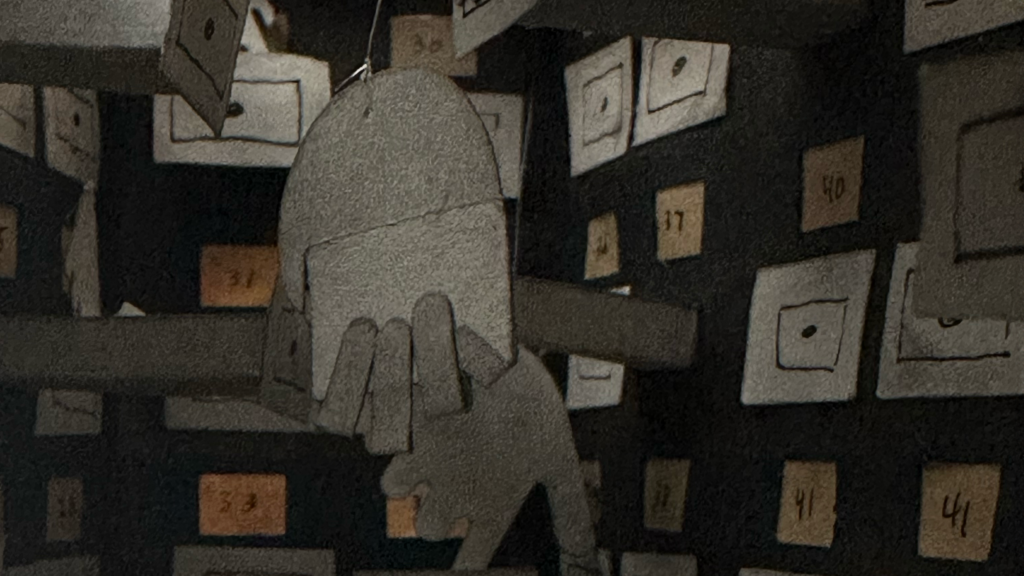
Most of the hands are stuck in place, frozen in the act of pulling out drawers or flipping through the cards, but a few are suspended from the ceiling from a translucent line so that they quiver and shake based on the stillness of the viewer and their handling of the memory box. I like the idea that these hands are actively working and moving to pick up and serve memory cards to whomever they meet.
Hands Off
I am satisfied with what I produced, lingering in the process and handcrafting each of the drawers and painting every surface, but this is the first diorama I have produced since engaging in a tactile practice. I still love dioramas as a sighted person, but I am struck by how this medium is really restrictive and controlled, forcing even the most curious viewer to keep their hands off. As someone who has worked in a gallery for over a decade, I have seen all kinds of touching within exhibition spaces. The sighted artist who is compelled and ignores any signage, claiming they must touch, consent be damned. The embarrassed visitor who touched before seeing a sign and ends up apologizing or rushing out, eyes down. The child who touches everything. The ignorant visitor who places their wine on any surface as if they were at home. The non-sighted visitor who requires touch to engage with the work. The low-vision, dramatic, drunk or signing visitor who bumps into the work. All of these are kept away from the insides of a closed diorama; the only touching is lifting the work to one’s face or bringing one’s face down to an opening, hands resting on a table for balance and support. I had never thought about touch as it related to dioramas, and I’m glad to have had this opportunity for reflection.
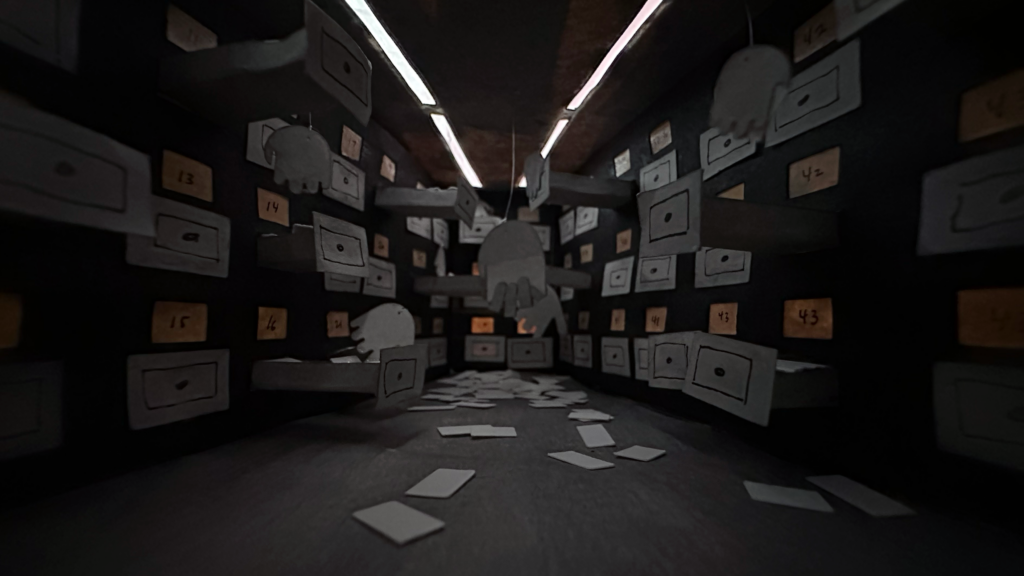
How would I create a contained diorama where I can control and manipulate light like a stage but still allow for tactile engagement and understanding? This is an exciting challenge.
Technology note:
I continue to test the use of AI in my writing and artistic practice. I used chatGPT to create a summary for this blog and provide content warnings, and Grammarly to assist me in spelling and grammar.
